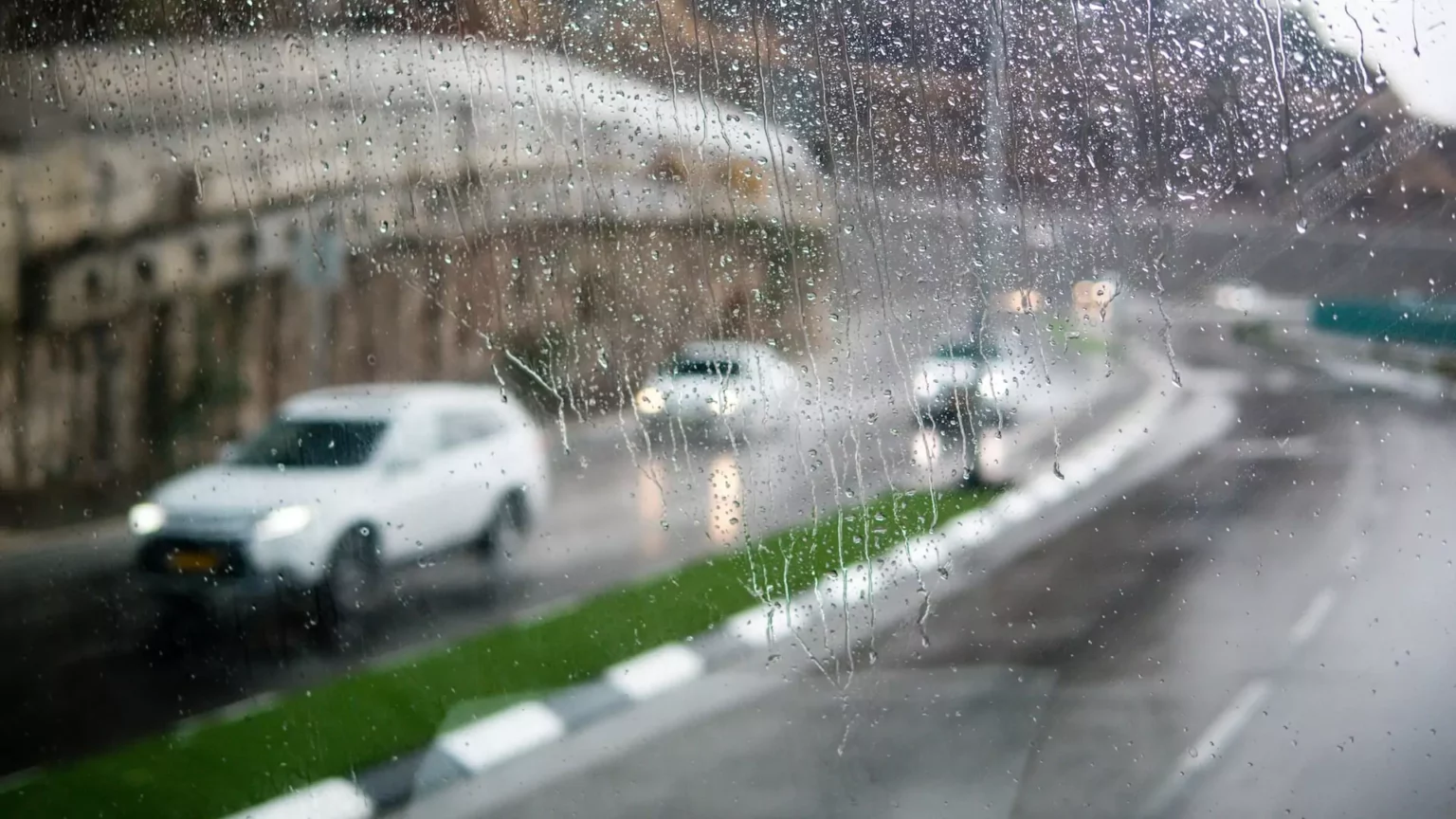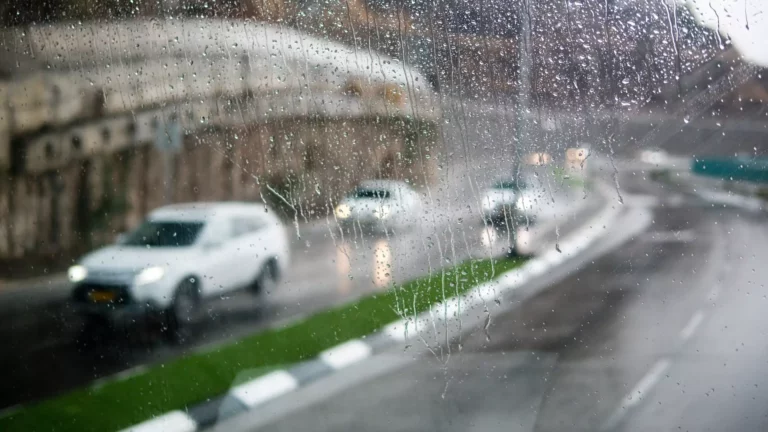Who Is Liable In A T-Bone Accident?

At some point in our lives, there’s a reasonable chance we’ll be involved in an auto accident of some sort.
In a T-bone accident, one vehicle slams into the side of another at a right angle. Contact is typically made with the front end of one car hitting the driver or passenger door area of another. Because these collisions usually occur when one car is traveling faster than the other, they are often quite severe and can even be fatal in some cases.
When a T-bone accident occurs, the impact of the crash will likely cause serious injury to its occupants. These injuries can include broken bones, lacerations, and head or neck trauma. In some cases, these types of accidents can even lead to paralysis or death. As such, those involved in a T-bone accident need to seek medical attention as soon as possible.
For those looking to pursue legal action after a T-bone accident, they will need to prove that the other driver was at fault for the crash. This can be done by showing that the other driver was negligent in their driving behavior or violated traffic laws.
For a personal injury lawsuit to be successful, the injured party will also need to prove that the other driver’s negligence caused their injuries. This requires gathering evidence such as witness statements, accident reports, and medical documentation.
If a successful personal injury lawsuit is filed, it can help cover damages such as medical bills, lost wages, pain and suffering, and even punitive damages in some cases. In addition to this, the injured party may be eligible for compensation for other losses they have experienced as a result of the accident.
It is important to understand that personal injury cases can be complicated and lengthy. As such, it is recommended to seek out legal representation from a qualified attorney who specializes in T-bone accident cases. This will ensure that the lawsuit is handled properly and that the injured party can receive fair compensation for their losses.
What Are Common Causes Of T-Bone Accidents In New Jersey?
T-bone accidents, also known as side-impact collisions or right-angle collisions, occur when the front of one vehicle is struck by the side of another. The most common causes of such accidents in New Jersey are:
• Failure to Yield – T-bone accidents can be caused when a driver fails to yield at an intersection and pulls out into the path of an oncoming vehicle.
• Running Red Lights and Stop Signs – A driver who fails to obey traffic signals and runs a red light or stop sign may be at fault if they cause a T-bone accident by entering an intersection without checking for other vehicles first.
• Speeding – Drivers that speed can lose control of their vehicle and be unable to stop in time due to the increased momentum. This can lead to them plowing into an oncoming vehicle, resulting in a T-bone accident.
• Distracted Driving – Any behavior that takes your attention away from the road increases your risk of causing a T-bone accident. Common distractions include talking on the phone, texting, eating, or adjusting the radio.
• Poor Weather Conditions – Rain, ice, and snow can all reduce visibility for drivers, leading to them not seeing an oncoming vehicle in time to avoid a collision.
• Intoxication – Drunk or drugged driving is incredibly dangerous and increases your likelihood of causing a T-bone accident due to impaired judgment and reaction speeds.
• Poor Road Conditions – Potholes, debris, and other hazards on the road can cause drivers to swerve suddenly into the path of an oncoming vehicle, resulting in a T-bone accident.
• Mechanical or Electrical Failure – Malfunctioning brakes or steering systems due to mechanical failure or electrical problems can lead to a driver being unable to steer away from a potential T-bone accident.
No matter the cause of the T-bone accident, anyone injured in such a collision may be able to recover compensation for their damages through an insurance claim or personal injury lawsuit.
It is important to speak with an experienced New Jersey car accident attorney if you have been involved in a T-bone crash to ensure that your rights are protected and that you receive the compensation that you deserve.
In addition, victims should also take steps to document the crash to strengthen their case. This includes taking photographs of the scene, gathering contact information from witnesses, and obtaining a copy of the police report. Having this evidence can help prove fault and liability for those involved in the accident.
By understanding the common causes of T-bone accidents in New Jersey, you can take steps to ensure that you are not a victim of such a crash. Make sure to always follow the rules of the road and practice defensive driving techniques so that you can avoid potential collisions. Furthermore, never drive when distracted or impaired as these behaviors can increase your risk of causing a T-bone accident.
Drivers should also be aware of their insurance coverage in case they are involved in an accident. Having comprehensive auto insurance can help cover some of the costs associated with an accident, but it may not cover all expenses. It is important to speak with an experienced attorney to discuss what options are available for recovering compensation after a T-bone accident.
Finally, if you are involved in a T-bone accident, make sure to get the medical attention that you need as soon as possible and document all your expenses related to the crash. This can help strengthen your case should you choose to pursue legal action against the at-fault driver or their insurer. With the right legal support, you can ensure that your rights are protected and that you obtain the compensation that you deserve.
By being aware of potential risks on the road and taking preventive measures to avoid accidents, drivers in New Jersey can help reduce their risk of being involved in a T-bone crash.
What Should I Do Immediately After A T-Bone Accident In New Jersey?
After being involved in a T-Bone accident in New Jersey, it is important to remain calm and take the following steps:
1. Check for any injuries. If you or anyone else has been injured, call 911 immediately.
2. Exchange information with the other driver(s) involved in the accident including your name, contact information, license plate number and insurance information.name, address, vehicle.
3. Take pictures of the accident scene from different angles, including any visible damage to both vehicles.
4. If there are witnesses present, obtain contact information as well.
5. Call your insurance company to report the accident and provide all relevant details.
6. Contact an experienced New Jersey car accident lawyer to discuss your legal options.
7. Do not admit fault or sign any paperwork without consulting an attorney first.
8. Document all medical expenses, lost wages, and other associated costs related to the accident for possible future reimbursement from insurance companies or courts of law.
9. Visit a doctor as soon as possible even if you do not experience any symptoms of injury. Injuries may take days or weeks to manifest, and by visiting a doctor as soon as possible you can ensure that your medical records are up to date if legal action is necessary.
10. Seek physical rehabilitation if needed to help cope with any lingering pain or discomfort from the accident.
11. Track all developments related to the accident, such as court dates and conversations with your insurance company.
12. Follow up with your lawyer throughout the process and provide any necessary information or documents promptly.
13. Prepare for a potential trial if necessary. Your attorney will be able to help you understand what may happen next and how best to navigate the situation.
14. Remain patient and understanding throughout the process, as cases of this nature can take time to resolve. With proper guidance from an experienced lawyer, you may be able to achieve a favorable outcome for your case.
Remember, if you are ever involved in a T-Bone accident in New Jersey, it is important to act quickly and stay informed so that you can protect your rights and best interests. With the right knowledge and legal counsel, you may be able to receive a fair outcome for your case. Don’t hesitate to reach out for help if you need it! It is always better to have as much information as possible so that you are prepared for whatever comes next.
How Can I Prove The Other Driver’s Liability In A T-Bone Accident Case In New Jersey?
It’s important to remember that all drivers have a duty of care while on the road. This means they must drive safely and reasonably, considering the conditions of the road and other drivers around them. When it comes to T-bone accidents, this duty of care is particularly important because these types of collisions often result in serious injuries due to their nature.
To prove liability in a T-bone accident case in New Jersey, the victim must demonstrate that the other driver was negligent or careless. This can be done by gathering evidence from witnesses, analyzing any available video footage of the incident, and examining the physical damage to both vehicles. It’s also important to note that if either driver was under the influence of drugs or alcohol, they can be held liable regardless of whether negligence was a factor.
It may also be possible to demonstrate liability by showing that the other driver failed to obey traffic laws or regulations. This could include running a red light or failing to yield while making a turn. For this type of situation, the victim should try to find any witnesses who saw the accident happen and can testify in court as to what they observed. Video footage of the accident can also be extremely helpful in this regard, as it can provide a more accurate picture of the driver’s behavior leading up to the crash.
Finally, if available, the victim should review any police reports that were filed regarding the incident. These reports may include additional details about the events leading up to and surrounding the collision. This information can help further demonstrate that the other driver was at fault for the accident.
In addition, if the accident was caused by a defective vehicle or part, victims can pursue a product liability claim against the manufacturer who produced it. A lawyer experienced in this type of case will be able to help the victim understand their rights and options for pursuing compensation.
The victim may also have to prove that the accident caused damage for which they are entitled to compensation. This could include medical bills, lost wages from being unable to work, and pain and suffering. Documentary evidence such as medical records and employment pay stubs can be used to support the victim’s case.
It may be necessary to establish a connection between the accident and the damages for which compensation is sought. This can be done by presenting evidence of how the accident has affected the victim’s life and well-being. For example, if they have sustained physical injuries as a result of the crash, medical records will need to be produced to show the extent of those injuries and how it has impacted their quality of life.
It’s important to remember that proving liability in a T-bone accident case can be a complicated and time-consuming process, so victims should seek legal advice from an experienced attorney if they feel they have a valid claim. An experienced lawyer will be able to guide the best course of action and help ensure that the victim gets the full compensation they deserve.
What Damages Can I Recover In A T-Bone Accident Claim In New Jersey?
In New Jersey, a victim of a T-bone accident may be able to recover damages related to their physical injuries and property damage. The damages typically awarded will include medical expenses, lost wages, pain and suffering, and emotional distress.
Medical Expenses: These reimbursements cover the costs associated with treating any medical problems caused by the accident. This includes anything from hospital bills to prescriptions and physical therapy.
Lost Wages: If the victim is unable to work due to their injuries, they may be eligible for lost wages compensation. This includes both past earnings that have been lost as well as estimated future earnings that will never be earned due to an inability to work.
Pain and Suffering: Pain and suffering damage are intended to compensate a victim for the physical and emotional distress caused by the accident. This includes compensation for any physical pain, disfigurement, disability, or mental suffering that has been caused by the accident.
Emotional Distress: Emotional distress claims are designed to provide compensation for more intangible losses such as loss of enjoyment of life, loss of companionship, and mental anguish. This is a more subjective category of damages and can be difficult to quantify.
In addition to the above categories of damages, victims may also be able to recover punitive damages in some cases. Punitive damages are intended to punish a wrongdoer who has acted with malicious intent or gross negligence. These types of damages are not typically available in most personal injury cases and require a high level of proof to be awarded.
Finally, victims may also be able to recover certain types of economic damages such as household services or childcare expenses that are related to the victim’s inability to provide these services themselves due to their injuries. These types of damages can only be recovered with proof of the actual costs incurred by the victim.
By pursuing a personal injury claim, victims of T-bone accidents in New Jersey can recover compensation for both economic and non-economic losses that have been caused by the accident. It is important to consult with an experienced attorney who understands the complexities of these types of cases and can help ensure that you receive the maximum possible recovery for your damages.
Related Blogs
No Fee Unless
GGL Wins
We've got you covered.
We are available 24/7/365
One of our advisers will contact you.

OFFICIAL PARTNER OF RUTGERS ATHLETICS



Recent GGL Wins
Auto Accident
Mediation award Plaintiff was injured in an intersection motor vehicle collision resulting in neck and lower back fusion surgeries.
$2 Million
Verdict
Workers' Compensation
25-year-old laborer died in an industrial accident while working.
$1.15 Million
Verdict
Construction Accident
Roofer fell off roof causing head trauma resulting in a head injury. Plaintiff was not given fall restraint protection equipment by contractor.







